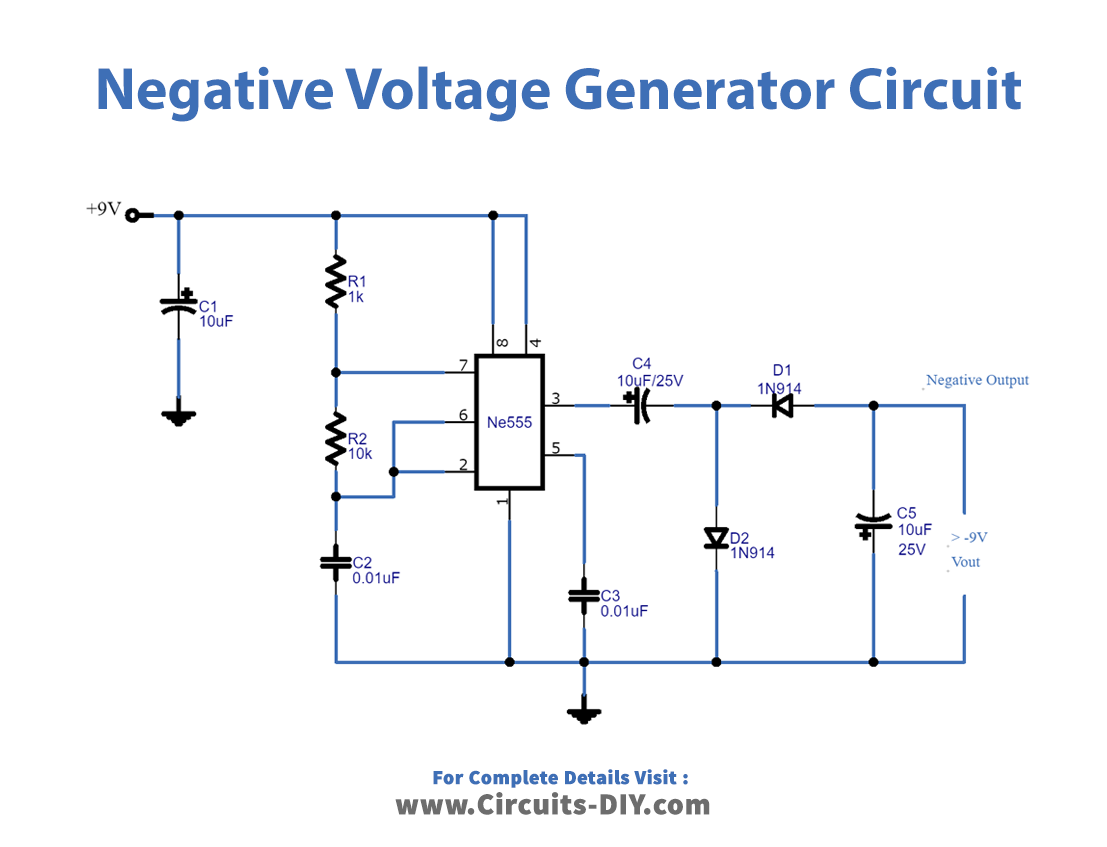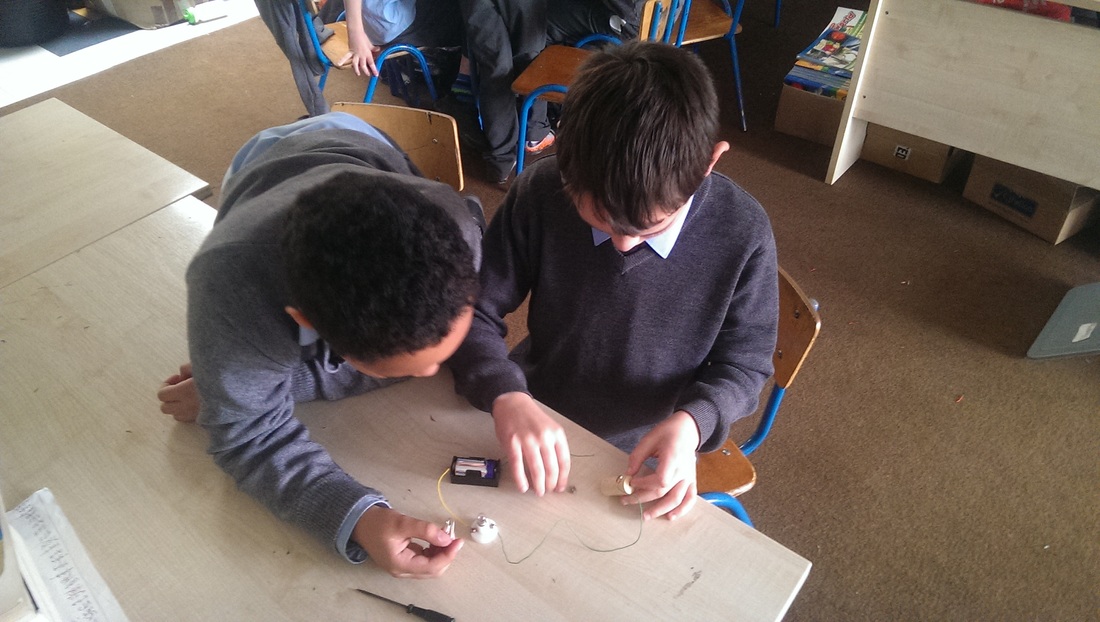Home Wiring Made Simple Circuit Diagram To make a simple electrical circuit with a battery, use wire strippers or scissors to strip the ends of a length of insulated wire, but do not cut all the way through the wire. Install your batteries in a battery pack, then attach your wires to the battery pack using a battery snap or electrical tape. Simple Electric Circuit using substitute materials. You may not have access to battery holders, lamp holders and switches. In that case you may still be able to make a simple electric circuit. In this method we use thumbtacks, paperclips, clothespin, rubber band to substitute conventional materials such as switch, battery holder and lamp holder.

Another fun way to explore electricity, currents, switches, and more is with a Snap Circuits kit. A simple circuit needs at least 3 things- a circuit pathway (wires), a power source (battery) and load (lightbulb), a switch is also helpful to turn it on and off. HOW TO MAKE A HOMEMADE ELECTRICAL SWITCH. You will need: Electrical Circuit In this video you will learn how to build a Simple DC Load Toggle Switch Circuit. This circuit allows you to easily turn ON/OFF any DC load. You can also rep A switch is basically a mechanical device that creates a. break in a circuit. When you activate the switch, it opens or closes the circuit. This is dependent on the type of switch it is. As switches get more complex they can both open one connection and close another when activated. This type of switch is a single-pole-double-throw switch (SPDT).

Voltage Controlled Switch : 5 Steps Circuit Diagram
Attach this piece of wire to the second terminal on the switch. This will again complete the circuit. Unlike in the previous experiment, this will not complete the circuit and turn the bulb on. In order for that to happen, you have to flip the switch! When you attach the switch to the circuit, make sure the switch is off (open). In the circuit that i build thats not totally the same as the in the diagram, is suppose to turn on the led at 8V because i used a 5v and 3v zener. I also used a two 9 V batteries which voltages differ. The circuit i suppose to turn the led on at 8 V and any voltage lower than it should go off. This circuit is most impressive when the wires are long, as it shows how the switch is able to control circuit current no matter how physically large the circuit may be. Step 2: Measure voltage across the battery, across the switch (measure from one screw terminal to another with the voltmeter), and across the lamp with the switch closed and
